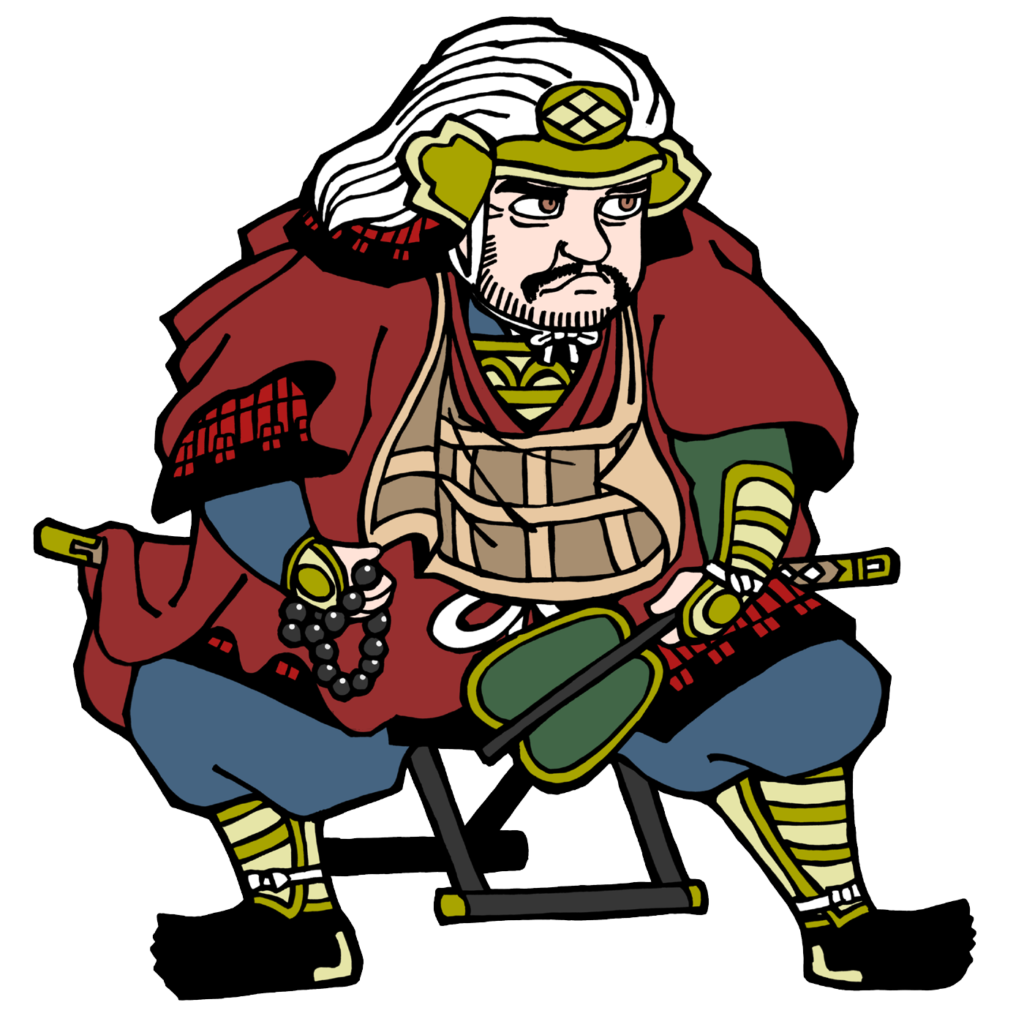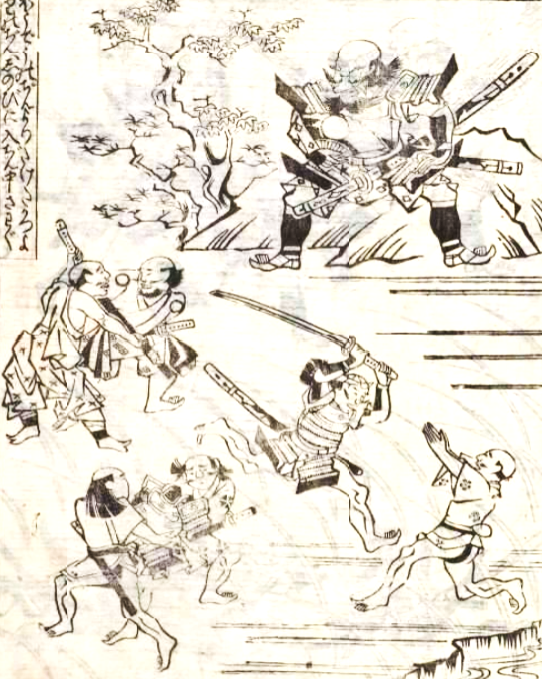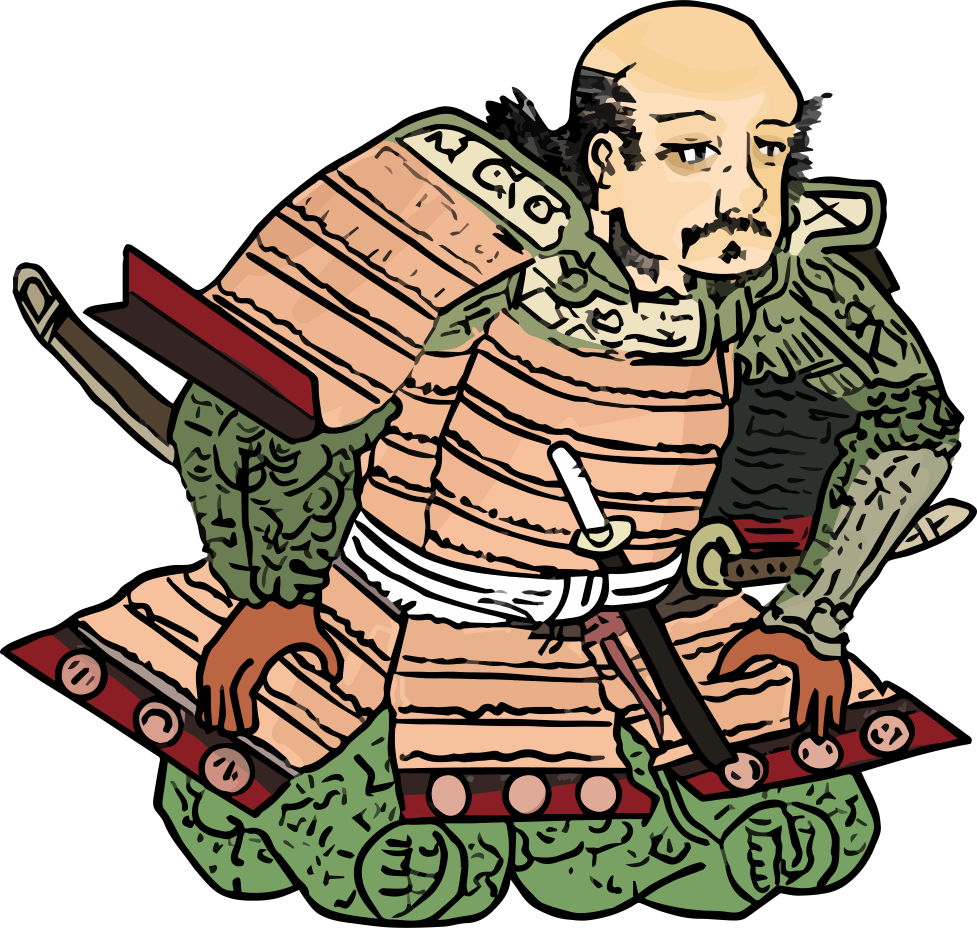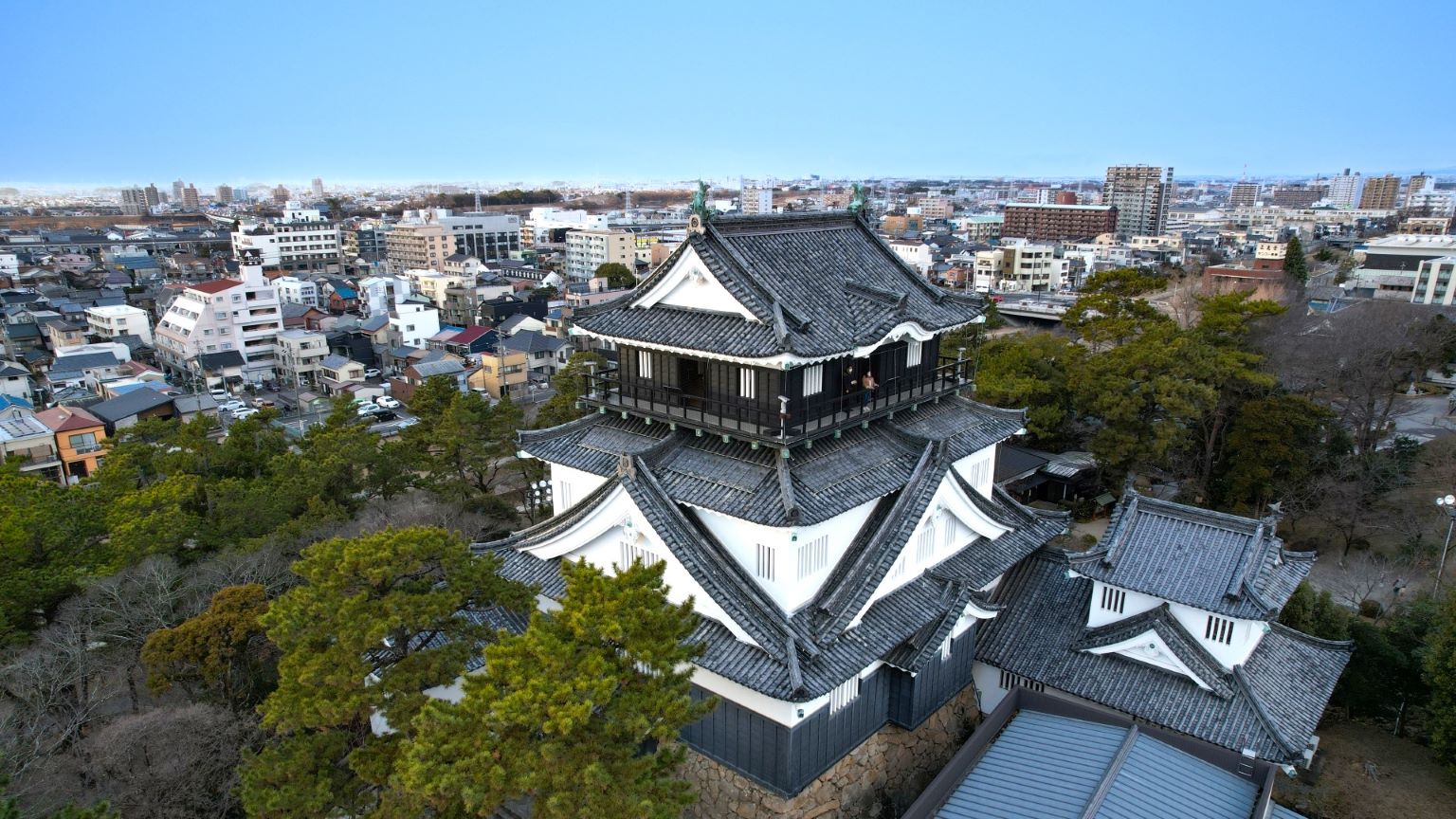Ninjas, Greatly Active regardless Day and Night on the Front Lines during the Warring State Period
Ninjas had mastered superhuman ninjutsu, the art of warfare. In times of peace, they would infiltrate enemy territory to gather information and engage in intrigue and reconnaissance, and in times of war, they would infiltrate enemy lines to commit arson and assassination. For the warlords of the Warring States Period (1467-1590), Ninjas were indispensable for their victory in actual battles. They formulated strategies based on the information provided by their Ninjas and the plots they devised against their opponents. Ninjas supported the warlords behind the scenes, including the Iga, led by Hattori Hanzo Masanari (1542-1597, 服部半蔵正成), who served Tokugawa Ieyasu (1543-1616, 徳川家康); the Fuma, who served the Hojo clan (北条氏), the supreme ruler in the Kanto region; and the Suppa, who served the Takeda Shingen (1521-1573, 武田信玄), known as the Tiger of Kai region.
Art of Skills (i.e. Ninjutsu)
To infiltrate the enemy's territory for intelligence gathering and disrupt the enemy by spreading false information, they adopted various disguises such as monks, merchants, traveling entertainers, etc. They performed their duties in the language of the enemy country, skillfully avoiding arousing suspicion. Their information encompassed details on army formations, the physiognomy of enemy generals, roads, offensive and defensive strategies of enemy castles, as well as knowledge about mountains and rivers.

Mastering the art of walking without leaving footsteps was another crucial Ninja skill. When sneaking into someone's house, they held a piece of paper in their mouth, breathed quietly, and crawled on the edge of the tatami mats with their hands on the floor to enter without making a sound. Additionally, they honed their superhuman jumping skills to climb over walls and stone structures. In preparation for combat, Ninjas acquired proficiency in a diverse array of weapons such as shuriken, swords, sickles, and chains, along with knowledge of poisons. During the Siege of Osaka when the Tokugawa forces attacked Osaka Castle of Toyotomi clan, Ninjas are said to have developed diving tools and underwater dropping devices to identify the moat and assist warriors in crossing them.
Suppa, Great Role of Intelligence for Takeda Shingen

Takeda Shingen ordered 30 loyal, able-bodied, and brave Ninjas, proficient in intrigue, to infiltrate the enemy's territory. The intelligence gathered by Ninjas was immediately relayed to Shingen’s waiting retainers stationed along the borders, and the retainers delivered it to Shingen using their fast horses. This systematic approach to continuously gathering and updating fresh information provided Shingen with a strategic advantage on the battlefield. It enabled him to defeat enemies one after another, eventually earning him the feared moniker of the Tiger of Kai (Yamanashi prefecture). Shingen's record against Tokugawa Ieyasu was 6-2. Shingen was strong.
The Fuma party, Greatly Active at the Battle of Kawagoe Castle for Hojo Ujiyasu

@北条五代記:National Institute of Japanese Literature
The Fuma party was active in the Battle of Kawagoe Castle, considered one of the three most dramatic surprise attacks in Japan (the Battles of Okehazama, Itsukushima, and Kawagoe Castle). Kawagoe Castle stood at a strategic point for the Hojo clan, the supreme ruler of the Kanto region, and was surrounded by a large army, estimated at 80,000 men, allied with the Kanto governor of the Muromachi Shogunate. With only 3,000 warriors in the castle, Hojo Ujiyasu, the third lord of the Hojo clan, rushed to the rescue from Odawara Castle with only 8,000 warriors. The difference in strength was more than tenfold. Ujiyasu ordered his Fuma to infiltrate the enemy camp to gather information on the layout, composition, and morale of the enemy forces. And then, he used this information to devise a strategy that caught the enemy off guard and won the battle in one fell swoop. The success of the surprise attack was also due to the information provided by Fuma.

Koka and Iga Ninjas, Greatly Active at the Battle of Kaminogo Castle for Tokugawa Ieyasu

After Oda Nobunaga (1534-1582, 織田信長) defeated a federal lord of Suruga and Toutoumi regions (Shizuoka prefecture), Imagawa Yoshimoto (1519-1560, 今川義元), at the Battle of Okehazama, Tokugawa Ieyasu gained independence from the Imagawa’s hostage. Subsequently, Ieyasu launched an offensive into the former Imagawa territory. However, Udono Nagateru, the formidable general loyal to the Imagawa clan, stood in his path, defending Kaminogo Castle. Furthermore, Ieyasu's wife and heir remained captives of the Imagawa clan. To overcome the impasse, Ieyasu sought assistance from Koka and enlisted Hattori Hanzo Masanari from Iga. Under the leadership of Hattori Hanzo Masanari, the Ninjas infiltrated the castle under the cover of darkness. They set fires and killed their enemies one by one without making a sound. Among those defeated was Udono Nagateru. The castle fell into chaos with the loss of its lord, and then the castle fell. Nagateru's two sons were captured alive and exchanged for Ieyasu's wife and heir. The successful infiltration of Kaminogo Castle, a strategically significant fortress, during the night, defeating the enemies with disrupting them is a testament to the exceptional physical ability and Ninjutsu skills of the Ninja.
Iga and Koka Ninjas, Great Help to Tokugawa Ieyasu to return to Okazaki Castle

In 1582, Tokugawa Ieyasu, with only 34 vassals, escaped from Sakai to Okazaki Castle, under the danger of bandits and pursuers. During this time, Ieyasu was touring the city of Sakai on the advice of Oda Nobunaga. There, he received the startling news that Akechi Mitsuhide's rebellion had killed Oda Nobunaga. The dangerous journey crossing the mountainous Iga province was made possible with the help of Ninjas from both Iga and Koka. They repaid the favor of Ieyasu, who had provided shelter to the fleeing Iga during the intense conflict known as Tensho Iga Revellion in 1581 when Oda Nobunaga invaded and annihilated the Iga people. Later, Hattori Hanzo Masanari led a group of Iga Ninjas and became one of the sixteen retainers of Ieyasu. However, with the advent of the peaceful Tokugawa period, the Ninjas found fewer opportunities to play their roles actively.
Ninjas have always been at the forefront of warfare
Ninjas have always been at the forefront of warfare in the Warring States Period, responsible for espionage, night raids, and sabotage, working day and night, on the front lines of battles. It is one of the historical stories that many Ninjas were active behind the spectacular war stories of the feudal lords. Note that Ninja were called "Shinobi" or "Shnobi-no-Mono" in those days.
Recommendations to Visit Ninja Museums
Iga-Ryu
- Access: About A 10-minute walk from Uenoshi Station of Iga Railway. >> Access to Iga Ueno City
Koka
- Access: From Kyoto Station, take the Tokaido Line to Kusatsu Station, and transfer on the Kusatsu Line to Konan Station. A 20-minute walk or a 5- minute by taxi
Odawara Fuma
- Access: A 10-minute walk from JR Odawara Station.


